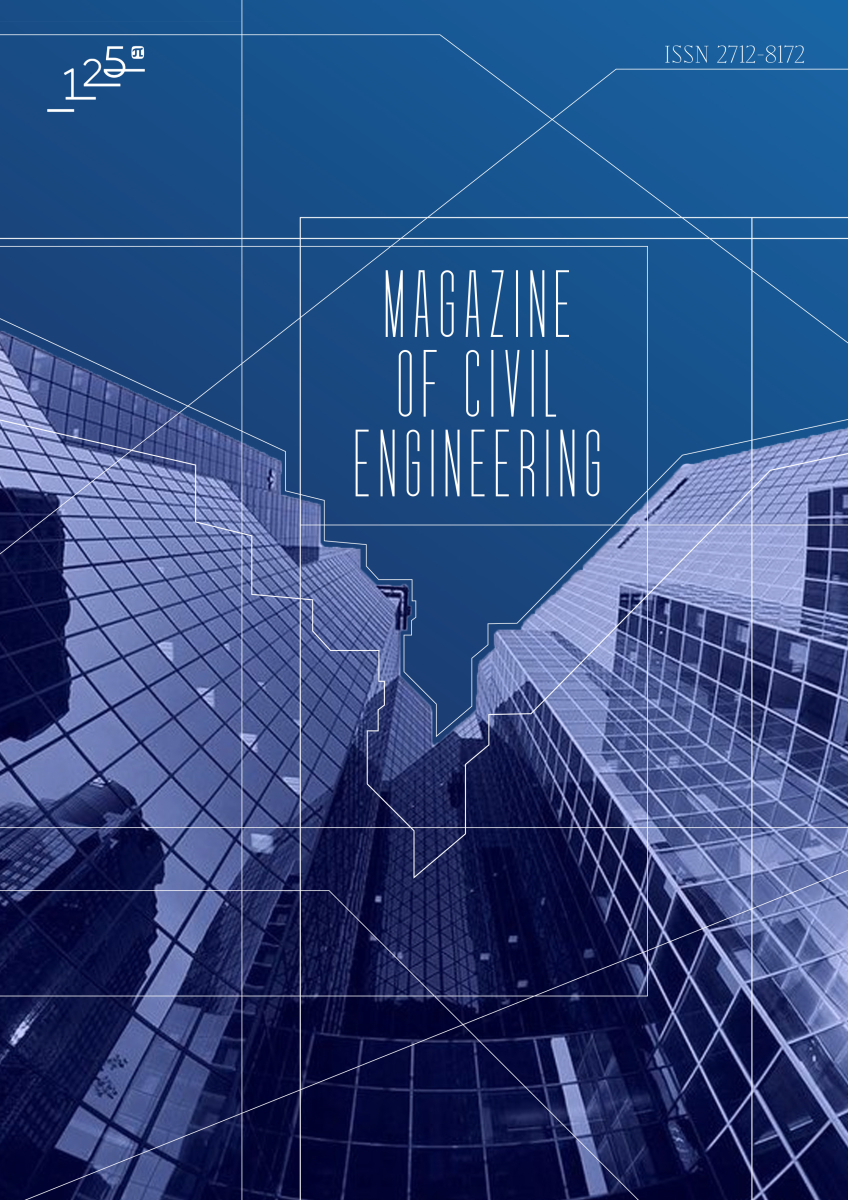Behavior of CFT steel columns damaged by thermal shock
Experimental evaluation of the structural behavior of concrete-filled tubular (CFT) circular steel columns under the combined effects of axial and cyclic lateral loads is costly and challenging. Therefore, this study provides a nonlinear finite element analysis (NLFEA) of fourteen models for thermal shock damaged CFT circular steel columns wrapped with various layers of carbon fiber reinforced polymer (CFRP) composites at its end region, which represents the critical location in terms of the lateral load capacity. Firstly, the column axial load was applied as the first loading step, and then the horizontal load was applied at the top of the column as displacement-controlled loading to guarantee the descending part of the load-displacement behavior. The intent is to confine the column end to avoid outward local buckling of the CFT column and thus developing high strength, larger net drift and more energy dissipation. The NLFEA models were properly calibrated and validated with reputable experimental results, followed by conducting a parametric study to assess the influence of the number of CFRP layers and the impact of thermal shock on the CFT circular steel column performance. For the modeled CFT circular steel column, the use of five to ten layers of CFRP composites resulted in a significant performance enhancement. However, the performance enhancements using 9 and 10 CFRP layers were comparable with 8 CFRP layers. In addition, it was found that the column axial load level significantly affects the CFT circular steel column behavior under lateral loading; better behavior as the axial load level increased. Strengthening of any CFT circular steel column must be optimized through proper NLFEA modeling and the findings of this study represent useful guidelines and methodology for the similar strengthening of CFT steel columns damaged by thermal shock.


